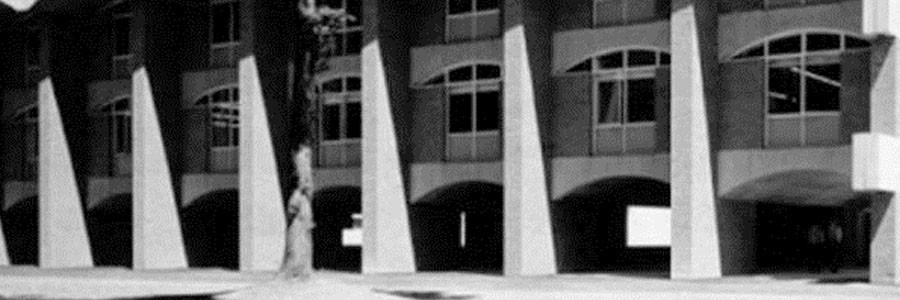By Professor Gillian Forrester
My research strives to understand how we became the upright walking, talking, tool-using great apes that we are today – both through the evolution of our species and through the development of infants. I study the behaviours and brains of both neuro-typically and non-neuro-typically developing children and our great ape relatives (chimpanzees, gorillas, orangutans) and aim to develop comparative research approaches that place human cognitive development within an evolutionary framework.
My most recent project has both a developmental and evolutionary component. It seeks to reveal potential precursor/catalyst behaviours to modern human language. One prevailing theory is that motor action sequences that must be carried out in a hierarchical fashion to solve a problem may have prepared the brain for language syntax. For example, using our hands and tools to solve complex problems that require the solving of sub-goals in order to achieve the over-arching goal can be viewed as a physical syntax – not that different from the syntax found in language. Exaptation, the repurposing of neural regions for new or extended purpose via selection over evolutionary time, means that behaviours that may look different on the surface can still be powered by the shared underlying neural processors.
My research “Hand to Mouth” funded by the Leverhulme Trust is testing this theory using specially developed puzzle boxes that represent a physical syntax, complete with simple solutions for single word use, more complicated puzzles for phrases and the most complex boxes to represent full sentences. These puzzles were then used by gorillas, chimpanzees, orangutans and children (ages 2-5 years).
To validate our puzzles, we predicted that there would be positive relationship between children’s language level and puzzle solving ability. We also predicted that if non-human great apes can solve the sentence level puzzles then we should presume that humans inherited syntactic capabilities from at least a last common ancestor of extant apes and humans. Stay tuned for our results which will be published in the not-too-distant future!
One of the interesting by-products revealed through the Hand to Mouth project was that providing the puzzles on a voluntary participation basis to captive apes and nursery children afforded a focal point to collect information about enrichment activities, social dynamics, social transmission of information, cognitive ability and even psychological wellbeing. In a recent trip to Liberia, we were able to pilot the use of puzzle boxes with chimpanzees orphaned by the bushmeat trade for these new types of data collection, with a specific focus on behavioural and biological markers of wellbeing. This pilot work will continue in collaboration with sanctuaries, zoos and wild animal parks over the coming months to develop a scale of wellbeing for apes across a range of settings and social groupings in order to facilitate conservation, release and reintroduction programmes.

In addition to my research, I strongly believe public engagement, widening participation and citizen science collaboration activities are integral to 21st century research. I treat outreach activities as an equal partner to my core responsibilities as a scientist and an educator. I make regular contributions to television (e.g. BBC’s The Incredible Human Hand), radio (e.g. BBC Radio 4, The Shock), podcasts (e.g. Level Up Human), newsprint (e.g. the i), expert panels (e.g. Ei:SMART), web-based news media (e.g. The Conversation, over 600,000 reads) and blogs (e.g. Psychology Today). Recently, I partnered with New Scientist for a video documentary and print piece to showcase cross-species cognitive research in great apes and children (documentary, field notes) and participated in New Scientist Live London in October. In January 2019, I developed the Wellcome Trust and Waterloo Foundation funded Me, Human project to act as an umbrella for all of my public outreach activities. Me, Humans explores how we are connected to the natural world. The inter-institutional Me, Human team have featured at Norwich Science Festival 2021, Bluedot Festival 2022 and Glastonbury Festival 2022.
Gillian Forrester recently joined the School of Psychology at Sussex as Professor of Comparative Cognition. You can find out more about Gillian’s work from her Sussex profile and websites: www.gillianforrester.com and www.mehuman.io.





[…] November 2023, Professor Gilly Forrester delivered a lecture entitled “Hand to Mouth: The Language Puzzle” at the University of Sussex. I was excited to attend. It was a fascinating account of her […]